|
Day 1 began with the general session, which was a lot different than the previous year where the VMware Executives laid out their vision for the partner community. This general session was focused more correctly on the audience in attendance. VMware's CTO, of Global Field and Industry, Chris Wolf began the general session. Chris is responsible for shaping VMware’s long term technology vision, while ensuring that Research and Development priorities align with customer and industry needs. With this being a technical partner conference, I felt this was the right choice for leading the general session. Last year, it felt more like a sales pitch and less technical. I am not sure if this was due to feedback that VMware received after last years conference. In my opinion, this demonstrates that this conference is now correctly aligned with the audience attending the event. VMware Empower 2019 is bigger, and with much richer content than 2018. Now, with over 90 breakout sessions, first time instructor led VMware labs along with VCDX experts on hand to talk with, and opportunities to take a certification exam. Chris spoke about the nature of applications, how they are changing with an unprecedented growth. Applications are more diversified and the demand is increasing more than ever before. The application needs and requirements are driving IT initiatives within customer business. Chris continues the general session with talking about the hybrid and public cloud journey. VMware approaches cloud through a consistency within the infrastructure, operations, and a native developer experience. This allows for workloads and user experience to be consistent across both hybrid and public cloud offerings. With bringing consistency within the infrastructure and operations, customers can more easily bring in Service Integration for managing cloud through business KPIs across the customer organization. Automation allows customers to set guardrails by line of business and manage via policies. Automation also brings with it the ability to re-mediate and to conform to standards, follow best practices, and adhere to industry standards. Governance and Security allows for reporting on compliance and fixing misconfigurations. Governance and security also brings compliance by teams and allows for proactive monitoring of security and compliance risks. The last one, Cost and Visibility, allows IT to accurately allocate costs and find unused resources. IT can optimize costs and infrastructure, automate cost control, and continue cost optimization based on strategy. VMware Cloud Foundations brings complete cloud integration with vSphere, vSAN, and NSX. Chris talks about how vSAN adoption is growing with more than 38% of the market now and how Cloud Foundations is the right choice for building a consistent cloud experience. Through this platform, IT can more easily manage and deploy automation, governance, and security, all while controlling costs. VMware demonstrates these abilities through CloudHealth, as seen above. CloudHealth, acquired by VMware, is a crucial multi-cloud management platform that works across AWS, Microsoft Azure, and Google Cloud Platform, giving customers a way to manage cloud cost, usage, security, and performance from a single interface. CloudHealth has over 80 billion workloads managed through this platform today and are the leader in multi-cloud management. CloudHealth has perspectives on optimization for right sizing with cost controls, downsizing, and reserved instances. Customers can build out policies to control things like low EC2 utilization. Chris talked about traditional network challenges businesses face today and the need to bring in automation and intrinsic security into the security fabric of networks. SD-WAN has seen large momentum with 2,000+ customers, with more than 70+ countries. Chris demoed deploying SD-WAN into remote locations. This was very easily deployed and took only minutes to provision in front of a live audience. Chris spoke about VMware Cloud (VMC) on AWS and the benefits of this platform. He spoke about some use cases like data-center evacuation, disaster recovery, applications integrating with AWS offerings like AWS Lambda, which is an event-driven, server-less computing platform provided by Amazon as a part of the Amazon Web Services. It is a computing service that runs code in response to events and automatically manages the computing resources required by that code. VMC on AWS is now available in Singapore and Canada. You can see the full roadmap and further information from the VMware Cloud on AWS site from VMware, here. The VMC on AWS provider partners are growing as you can see from the slide above and it's important to note that these partners are VMware Cloud Verified, which means that when you see the VMware Cloud Verified logo, you'll know you can easily access the full set of capabilities of VMware's Cloud Infrastructure. Get the ultimate in cloud choice through flexible and inter-operable infrastructure, from the data center to the cloud.
Chris spoke about simplicity and choice for customers at the edge. He spoke about AWS Greengrass, Azure IoT, Data Analytics, and Hybrid Applications running on that consistent infrastructure of vSphere and spoke about Azure IoT Edge running on vSphere. The day was ended with a demonstration of edge devices. VMware demonstrated running vSphere on a Mac Mini and a demonstration of ESXi running on an Intel Compute Stick. They performed a vMotion across WiFi which was amazing to witness. Overall this was one of the better events I have attended from VMware. The sessions along with the general sessions are very technical. I am excited for the next few days in Atlanta.
0 Comments
Your comment will be posted after it is approved.
Leave a Reply. |
RecognitionCategories
All
Archives
April 2024
|
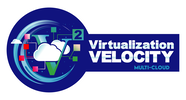




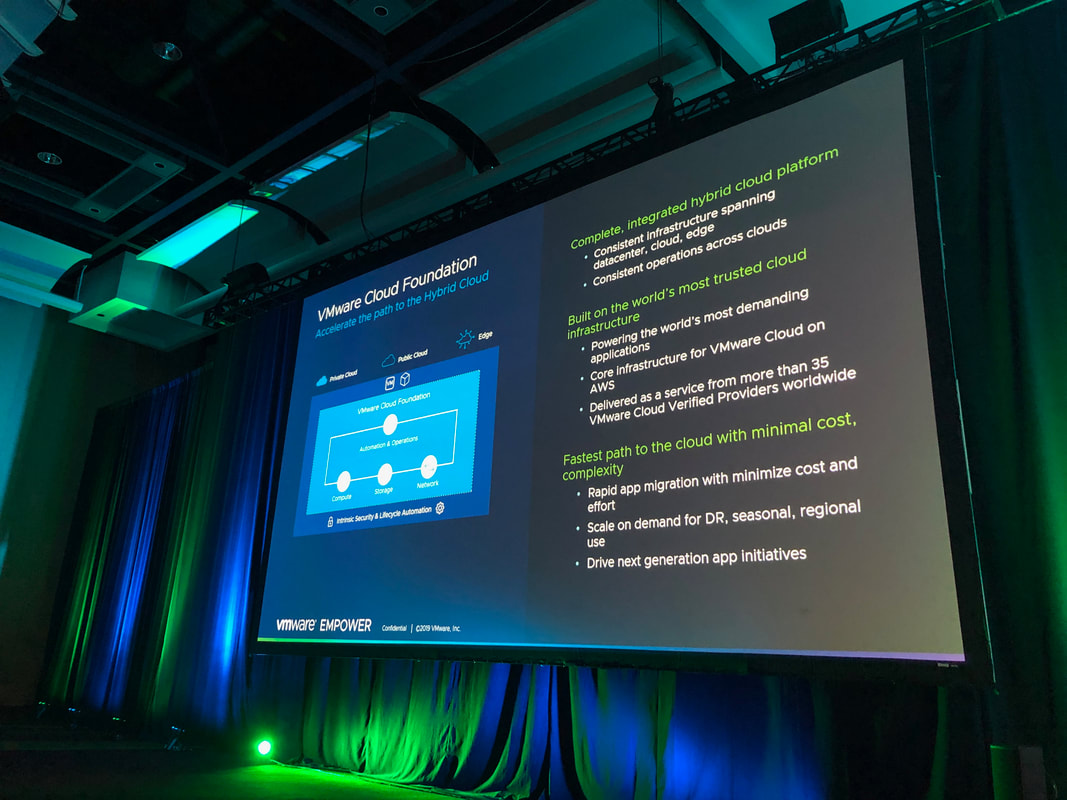
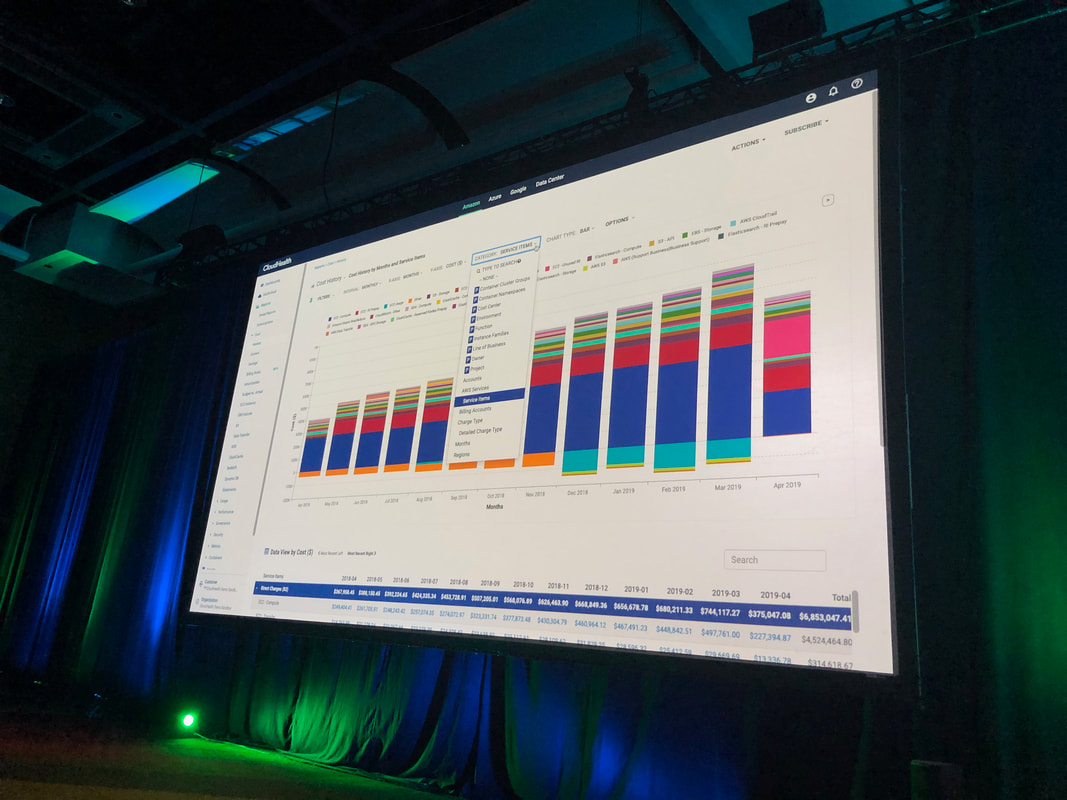
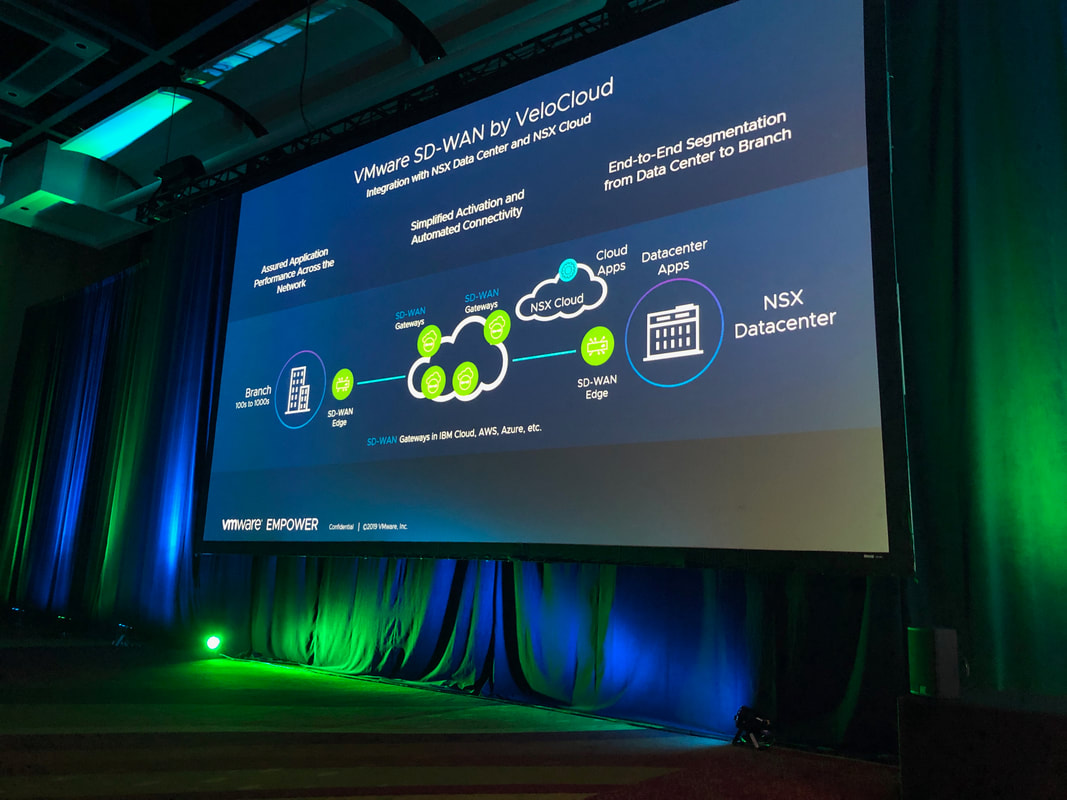
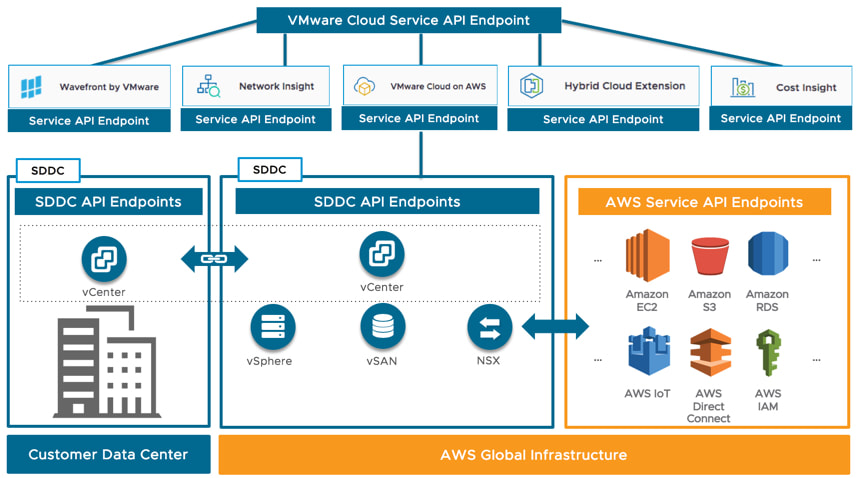

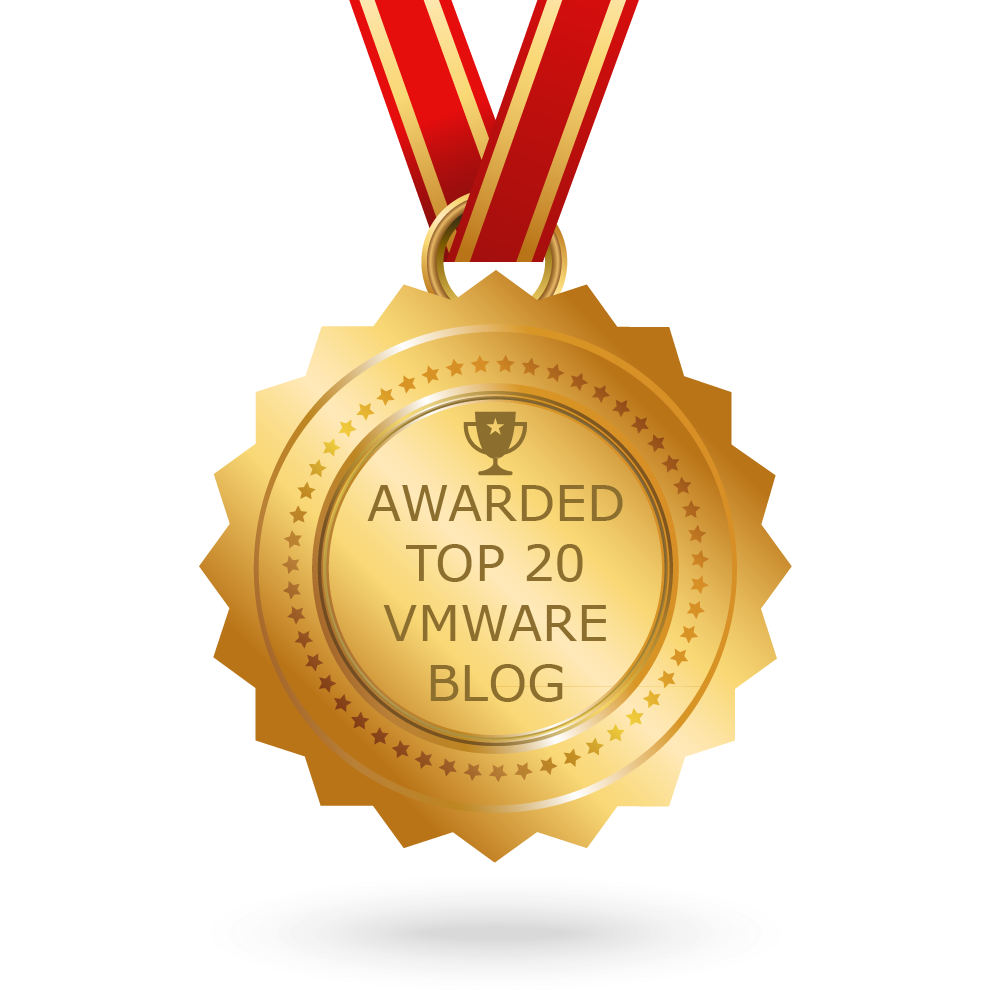
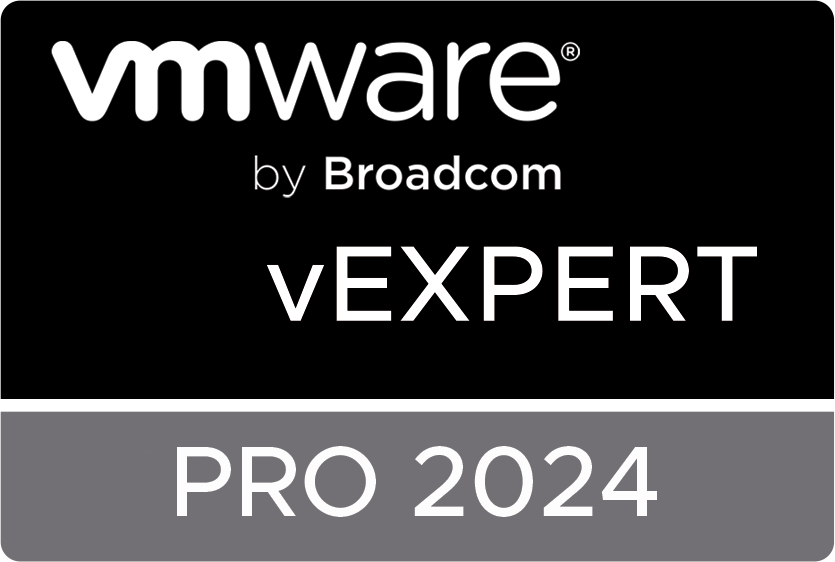


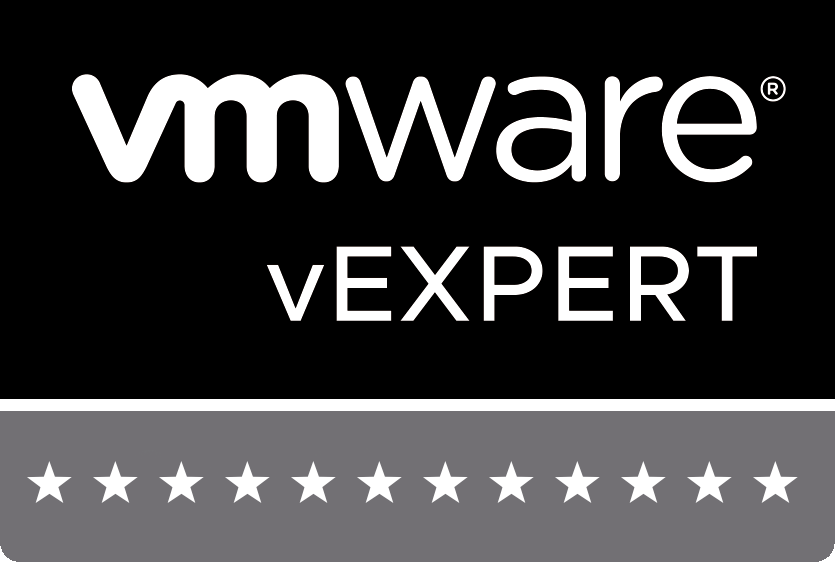
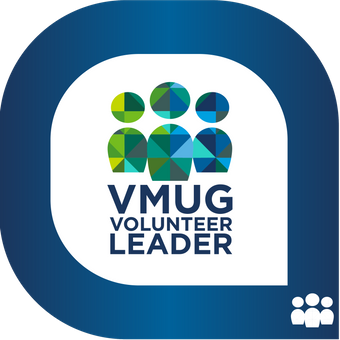

 RSS Feed
RSS Feed